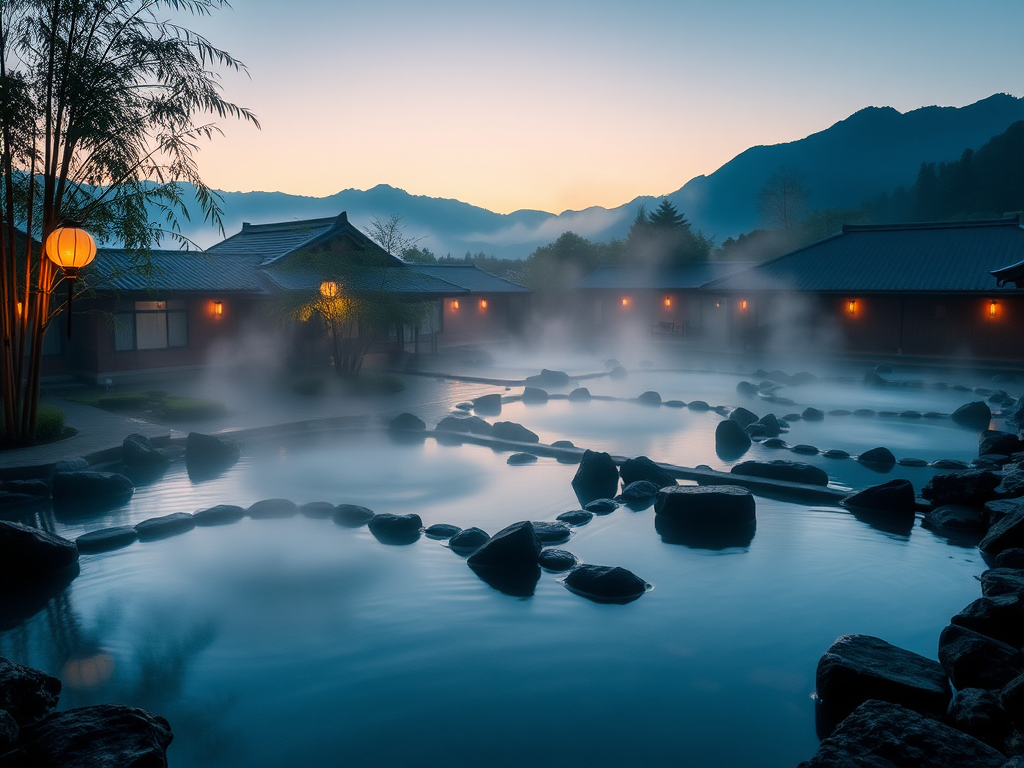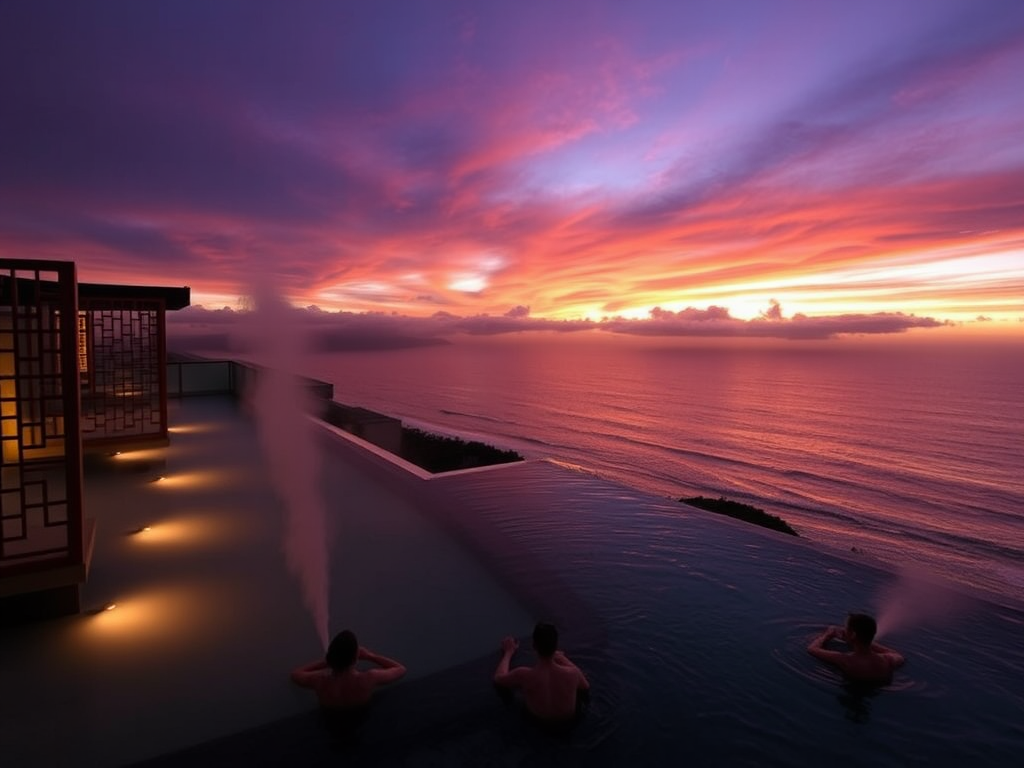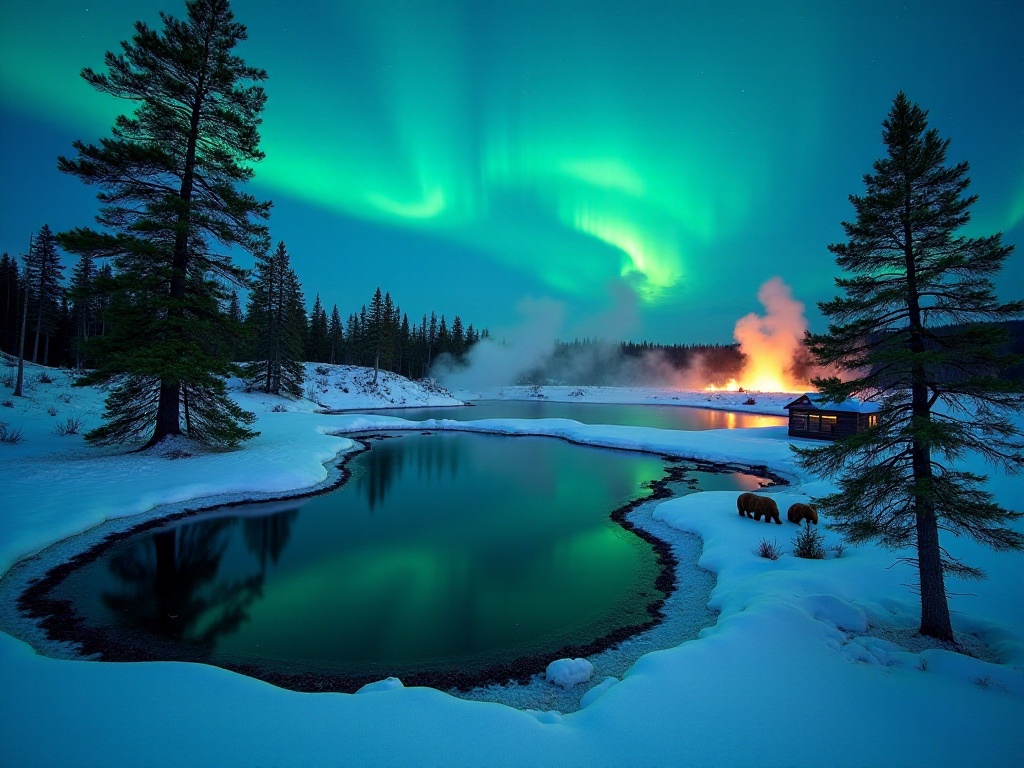Preface
As an avid hot spring enthusiast, the first thing I do in any new place is search for local hot springs. From the snow-covered Nordic regions to tropical Southeast Asia, from traditional Japanese bathhouses to ancient Turkish baths, I've visited hot springs across the globe. Today, I'll share my personal experiences to help you discover the unique charm of different hot springs.
Song of Ice and Fire
Iceland's Blue Lagoon is undoubtedly the most dreamlike hot spring I've ever seen. I remember first spotting its ethereal blue hue from the highway, a sight that remains unforgettable. The Blue Lagoon is conveniently located between Reykjavik and Keflavik International Airport.
The spring water has a unique milky white color that gleams with an enchanting blue tint in sunlight. Soaking in the 37-40°C water, surrounded by vast lava fields and distant snow-capped mountains, creates an intoxicating blend of ice and fire. The springs are rich in silica, sulfur, and other minerals, known to benefit the skin.
The most interesting feature is their "swim-up bar" service, where you can order drinks while in the pool. I highly recommend trying their mineral mask - the cool mask on your face while soaking in warm water is an incredible sensation! The best time to visit is during evening hours for spectacular sunsets, and if you're lucky, the Northern Lights.
Beyond the Blue Lagoon, Iceland offers many natural hot springs. The Mývatn Nature Baths feature more pristine volcanic landscapes, while Landmannalaugar hot springs are a hiker's paradise, offering unparalleled experiences of soaking amid snow-capped mountains. However, these natural springs have basic facilities, so come prepared.
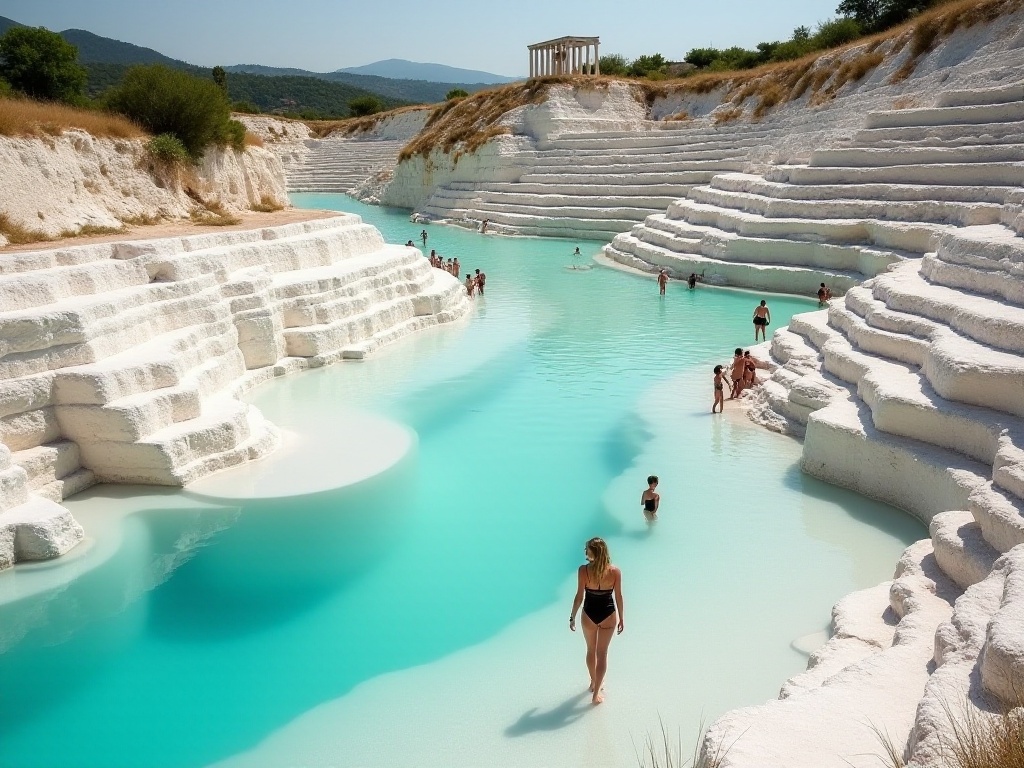
Asian Hot Spring Wisdom
Honestly, until I visited Japan, I never knew hot spring bathing could be such an art. Gunma Prefecture's Takaragawa Onsen is my absolute favorite, with its springs beautifully situated among mountains and streams. In spring, pink cherry blossoms float above the pools like a painting; summer nights offer stargazing; autumn brings stunning red foliage; and winter presents the magical experience of soaking in warm water while watching snowfall.
Japanese hot spring etiquette follows the principle of "warm first, cool later." It's recommended to soak in 42°C water for 15-20 minutes, then rest in a yukata while drinking tea, before taking a second bath. This method maximizes the absorption of the spring's nutrients while preventing dizziness.
Besides Takaragawa, I highly recommend Tenzan Tōjirō in Hakone. This century-old establishment offers traditional indoor baths and outdoor springs with Mount Fuji views. Remember to book in advance, as it's especially busy during weekends and holidays. The Hell Valley hot springs in Noboribetsu, Hokkaido, are also unique, offering dozens of different pools for various bathing experiences.
Speaking of Asian hot springs, Taiwan's hot springs are distinctive. My favorite is Beitou Hot Springs, which preserves many Japanese colonial-era buildings with a vintage charm. The sulfuric springs are beneficial for skin conditions and arthritis. Note that sulfur springs have a strong smell that takes some getting used to.
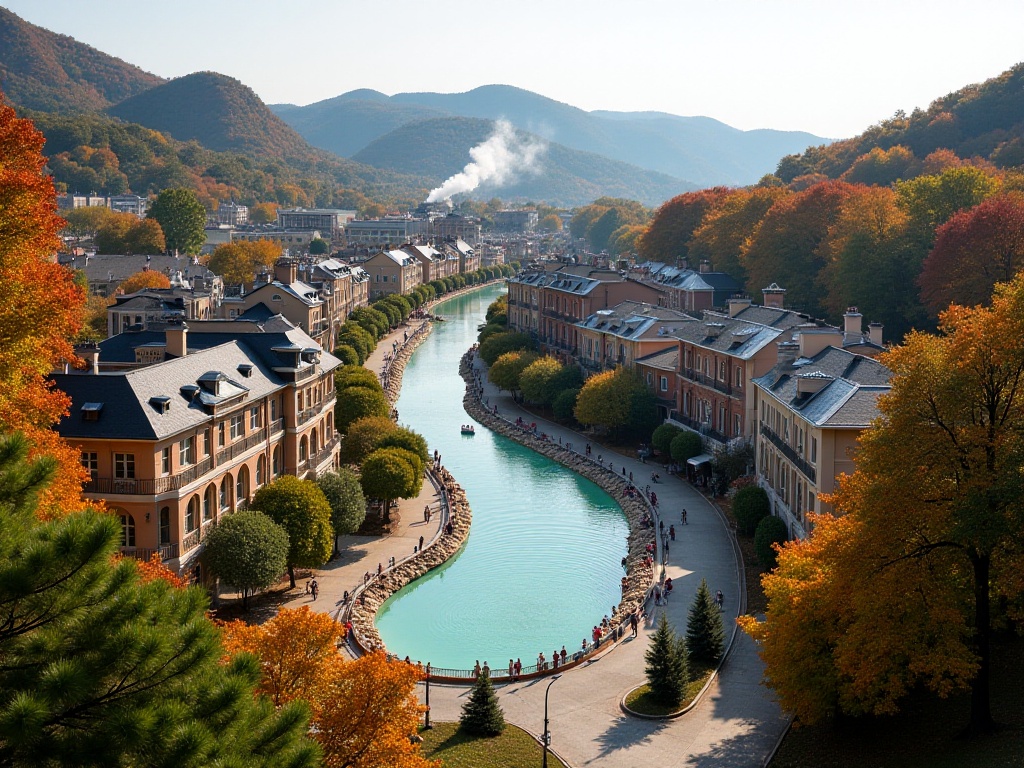
American Hot Spring Adventures
In Hot Springs National Park, Arkansas, I experienced an unforgettable hot spring vacation. The park offers excellent springs and abundant outdoor activities. Located in the Ouachita Mountains, it's especially beautiful during spring blooms and fall foliage.
The historic bathhouses are particularly fascinating. Imagine soaking in Victorian-style bathrooms from the 19th century, surrounded by vintage tiles and copper faucets, like stepping back into aristocratic life. I especially recommend the Buckstaff Bathhouse, operating with traditional service since 1912.
Beyond bathing, the park offers numerous attractions. You can stroll along the Grand Promenade, visit historic buildings, or view the entire city from Hot Springs Mountain Tower. Outdoor enthusiasts shouldn't miss the hiking trails, especially the Hot Springs Mountain Trail with its spectacular views.
For accommodation, I recommend staying in the historic district near the park. Many boutique hotels preserve their early 20th-century architecture. Remember to book hot spring sessions online in advance, as weekends are particularly busy. Spring and fall are the best seasons to visit, with moderate temperatures ideal for outdoor activities.
In South America, I visited Puyehue Hot Springs in Chile, situated in the Andes Mountains amid dense pristine forests and rushing rivers. What's special here are the pools of varying temperatures, ranging from 38°C to 42°C, allowing you to choose your preference. Soaking at night under a star-filled sky creates a magical connection with nature.
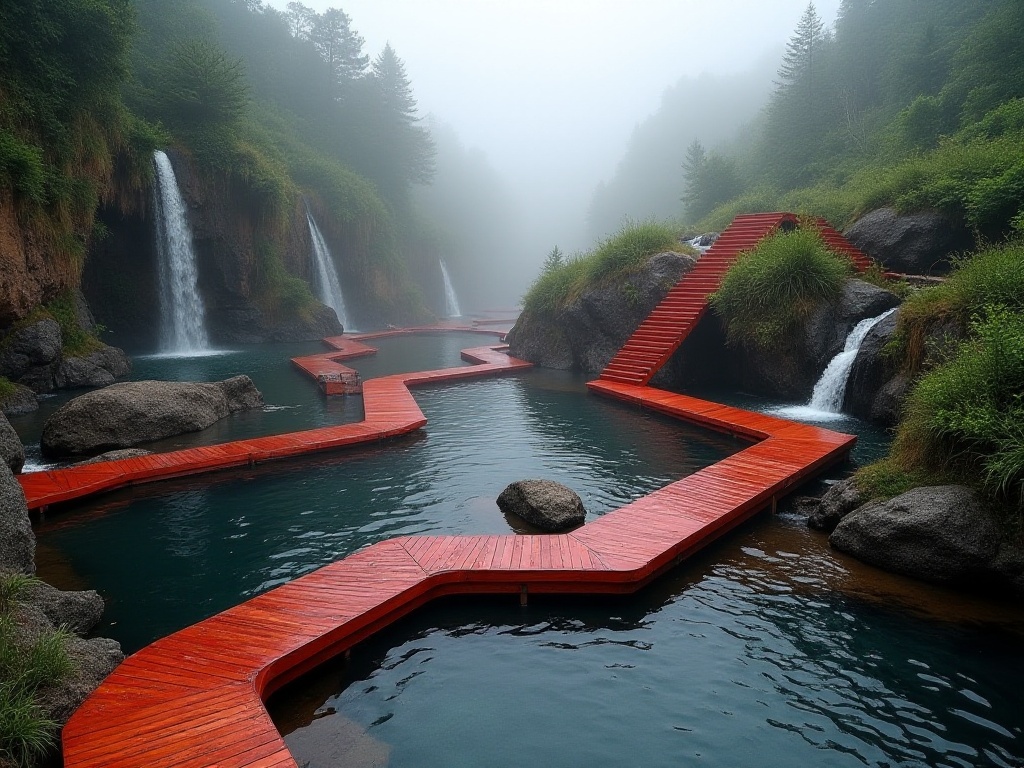
European Hot Spring Journey
Turkey's Pamukkale hot springs are absolutely stunning! From afar, you see white limestone terraces filled with turquoise water, resembling natural infinity pools. These terraces formed over millennia from calcium carbonate deposits in the spring water, creating a fairy-tale landscape.
I recommend visiting Pamukkale early in the morning to avoid intense midday sun. Bring sun protection, as the white limestone is highly reflective. Be careful when bathing, as the limestone terraces can be slippery. The best photography times are during sunrise and sunset when the light is softest.
In Europe, Budapest is known as the "City of Baths." My favorite is the Széchenyi Thermal Bath, Europe's largest thermal bath complex and an architectural masterpiece. It features 15 different pools, both indoor and outdoor, from cold to hot. Uniquely, it includes chess pools where you can play chess while bathing.
Baden-Baden in Germany is another hot spring destination, particularly the Caracalla Therme with its luxurious interior that makes you feel like nobility. The mineral-rich waters are said to help with arthritis and rheumatism. Note that German bathing culture typically involves nude bathing, though specific times are available for those who prefer to wear swimsuits.

Hot Spring Expert Tips
After years of hot spring exploration, I've gathered some practical tips. First, when choosing hot springs, consider these factors:
Water quality is paramount - good spring water should be crystal clear and odorless (except for sulfur springs). Temperature is crucial, typically 38-42°C is most comfortable. However, individual tolerance varies, so test the water and progress gradually.
Mind your soaking time, preferably no more than 20 minutes at once. For longer sessions, take breaks and stay hydrated. Many don't realize that hot spring bathing can be physically demanding and dehydrating, so drink plenty of water.
Timing your visit is important. Generally, morning and evening are ideal. Morning baths energize you, while evening soaks help relax and improve sleep. Avoid bathing immediately after exercise or meals.
Pack essentials carefully. Besides swimwear and towels, bring a swimming cap (often required) and sun protection (essential for outdoor springs). For natural hot springs, pack basic first aid supplies.
Accommodation choice matters. For natural hot springs, stay at nearby ryokans for immediate rest after bathing. For resort visits, consider packages including spring access for better value.
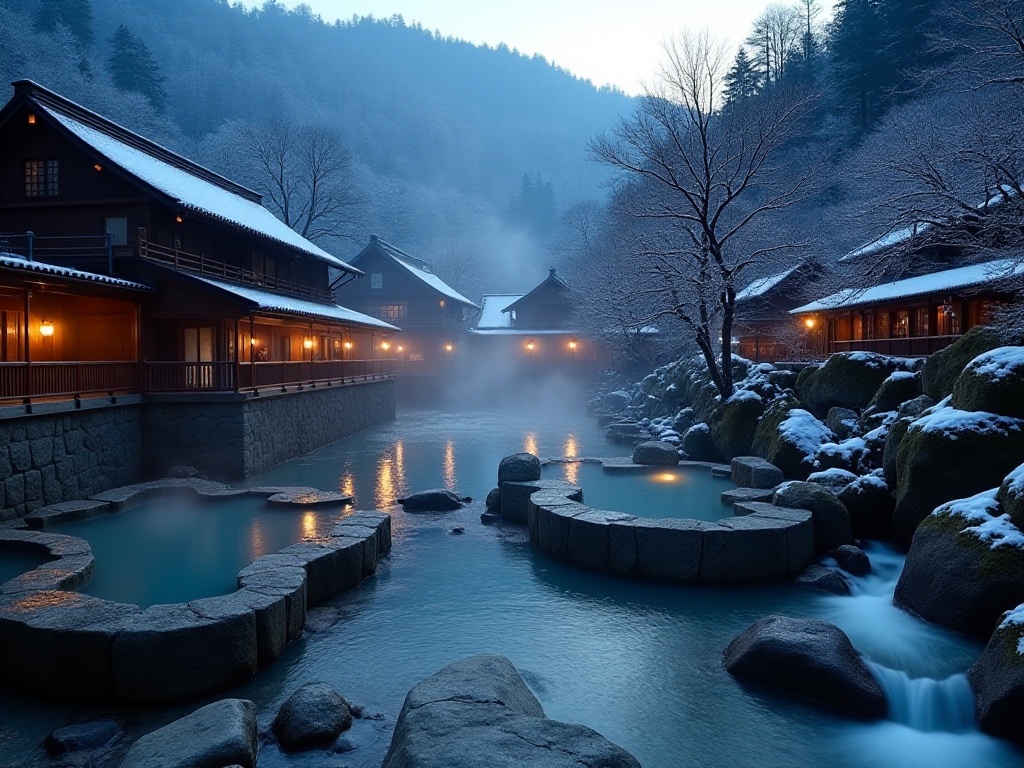
Final Thoughts
Each hot spring offers unique charm. Some excel in distinctive geography, like Iceland's volcanic springs; others in rich cultural traditions, like Japanese onsen; and some in luxurious facilities, like European thermal baths.
Whether seeking relaxation, cultural experiences, or photo opportunities, there's a perfect hot spring for everyone. A hot spring journey offers both physical and spiritual renewal. I hope my sharing helps you better understand global hot springs and find your ideal destination.




